Album(s) of the Year
The end of the year is a good idea to make lists, so here’s one of albums. Yes, this is a very subjective line-up, but that doesn’t mean I don’t highly recommend every single one. You can use the trust-worthy Hype Machine to stream these bands (with the exception of #3) in case you’re not familiar with them. And you are strongly encouraged to protest and share your own personal top 10 for 2006 (or top 5 or top 3).
 1. The Decemberists – The Crane Wife
1. The Decemberists – The Crane Wife
When a band puts out two consecutive albums that you rank as best of the year, that’s a sign. It’s a sign that for the first time in many years I can–at least for now–answer the question: “What’s your favorite band?” The Crane Wife is a beautiful record, chock-full with the band’s trademark storytelling (the Japanase folk tale of the man who saves a crane, the ballad of a dead soldier and another saga of star-crossed lovers from rival families in the key of last year’s gorgeous “We both go down together”).
>> Must hear tracks: O Valencia, Yankee bayonet, Sons and daughters.
 2. Tilly and the Wall – Bottoms of Barrels
2. Tilly and the Wall – Bottoms of Barrels
This is not the first time Tilly and the Wall get a shout-out on this blog. I love this band. Its indie-pop is infectious, sincere and just cheesy enough to wipe any traces of the irony so prevalent in the genre. Tilly’s sophomore release continues to mix keyboards, acoustic guitars and the trademark tap-dance percussion to create a party atmosphere, occassionaly broken by a love-and-longing type slow cut with witty lyrics: “She was crazy, a downtown kind of baby.”
>> Must hear tracks: Bad education, Urgency, Coughing colors.
 3. Niste Baieti – Adunate din popor si cantate din popor
3. Niste Baieti – Adunate din popor si cantate din popor
A friggin’ Romanian record made the list at number 3! This album is probably as high less because of its music and more because of what it means to have a punk cover album of Romanian songs of the 1980s and early 1990s. Romania is a country where irreverence towards established cultural phenomena is still in its infancy, and nothing is more awesome that slapping fast guitar riffs and screams over songs that tortured the childhood of so many in my generation. This is a not a tribute album in the mold of the Gimmies, this is harcore mockery. And it rocks!
Must hear tracks: Un actor grabit, Daca ploaia s-ar opri, Ioane Ioane.
 4. Jenny Lewis with the Watson Twins – Rabbit Fur Coat
4. Jenny Lewis with the Watson Twins – Rabbit Fur Coat
Jenny Lewis is the lead singer of indie kings Rilo Kiley and a woman songwriter with one hell of a bite. Would you want a love song from a woman that sings: “Ah fuck it, here’s your love song”? “Rabbit Fur Coat” is her first solo effort, one she described as a “sort of soul record.†Add some touches country music, great writing and Jenny’s mellow voice and you have the perfect album to listen to when day breaks.
>> Must hear tracks: You are what you love, Handle me with care, The charging sky.
 5. Snow Patrol – Eyes Open
5. Snow Patrol – Eyes Open
Snow Patrol is probably the most mainstream band in this line-up, but they are rockin’ guitar band (even thought many have said they are a sissy rock band). Sure they sing stuff like “It’s all clear now that you are all that I have.” but it all has the vibe out of outdoor late spring concert when you can jump and bop your head to anything. But before you label them radio-friendly rockers, take a listen. They have it.
>> Must hear tracks: Set fire to the third bar, Hands open, Chasing cars.
 6. Beirut – Gulag Orkestar
6. Beirut – Gulag Orkestar
Beirut, the project of 20-year-old Santa Fe native Zach Condon, nails an amazing indie-rock interpretation of Eastern European gypsy music and klezmer. It sounds and moves like a Kafka short-story and it’s definitely not your everyday musical treat. Listen for cellos, accordions, mandolins, ukuleles, trumpets and violins. This is indeed an orchestra album.
>> Must hear tracks: Mount Wroclai, Postcards from Italy, Bratislava.
 7. Neko Case – Fox Confessor Brings the Flood
7. Neko Case – Fox Confessor Brings the Flood
Yes, I’m a late adherent to the Neko Case cult, but I’m glad there was still room. A member of the New Pornographers, Case has been recording solo albums for a while. She sings similar folkie-country songs to Jenny Lewis, but with a hoarser voice and a whole lot more darkness. “I leave the party at three AM/Alone, thank God/With a Valium from the bride/It’s the devil I love/And that’s as funny as real love.”
>> Must hear songs: Hold on hold on, Maybe sparrow, Star witness.
 8. Damien Rice – 9
8. Damien Rice – 9
Please don’t ever let Damien Rice write happy songs! This guy is so brilliant at being miserable that it would be a shame for him to become content and secure in a relationship. Not only that–Rice somehow manages to keep some semblance of a spine when he sings his break-up anthems. He also gets the award for best use of “fuck you” (it’s all in the repetition) on “Rootless tree.”
>> Must hear tracks: Rootless tree, 9 crimes.
 9. Regina Spektor – Begin to Hope
9. Regina Spektor – Begin to Hope
If Tori Amos was born in Mother Russia and took her first few baths in fresh vodka, she still wouldn’t have that immigrant allure of Regina Spektor. This is one artsy singer, a rocking pianist (the songs are built around the piano) and the third woman in this line-up. “Fidelity” is arguably among the best songs I’ve heard this year and the video to it is gorgeous.
>> Must hear tracks: Fidelity, Samson, On the radio.
 10. The Dresden Dolls – Yes, Virginia
10. The Dresden Dolls – Yes, Virginia
The Dresden Dolls, Boston’s most beloved band at the moment, also rock the piano hard. But the dolls are not just music. They are cabaret, they are vaudeville, and they are always angry and pissed at stuff. Just hear Amanda Palmer singing about getting a sex change or telling the world to get balls and speak up. Riveting.
>> Must hear tracks: Sing, Modern moonlight, Necessary evil.
 I write four hours before I am to take the (indoor) soccer field in my first competitive game in Boston.
I write four hours before I am to take the (indoor) soccer field in my first competitive game in Boston.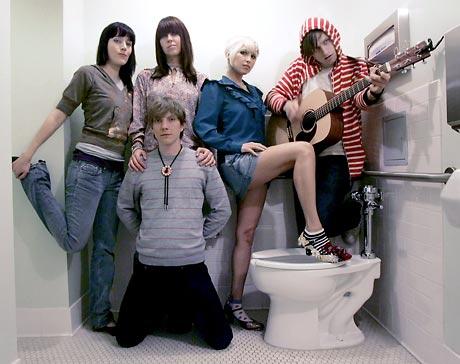
 .
.

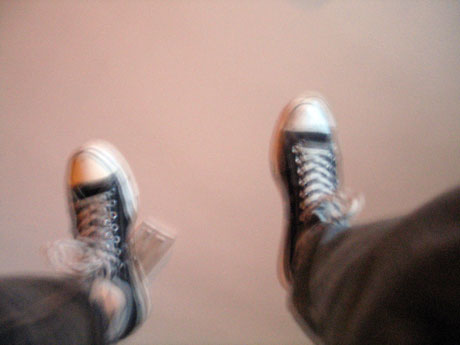
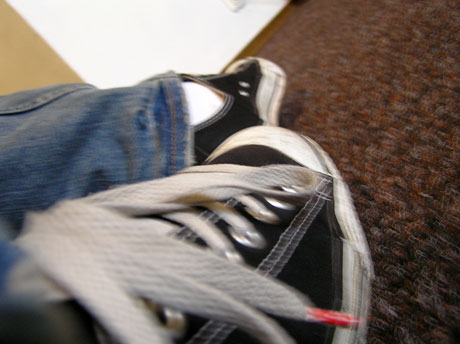
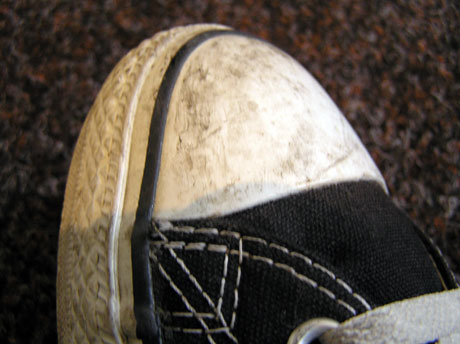
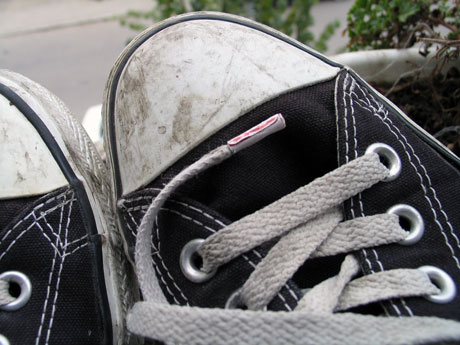

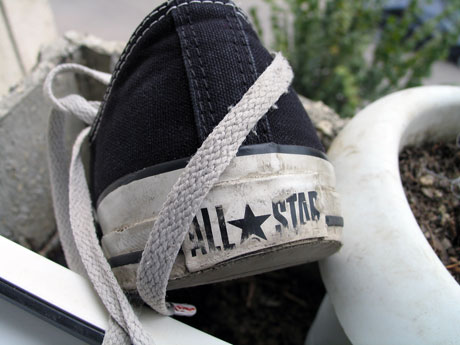
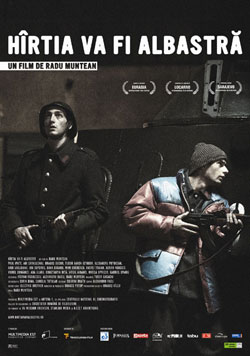 “Hartia va fi albastra” is the weakest of the three movies. Sure, they can’t be compared in how they decided to tackle the topic, but they can be compared feeling-wise. And the predominant feeling I experienced watching this movie was sleep. No offense to director Radu Munteanu, but my eye lids were flickering heavily soon after the opening scene. It’s true that it was damn cold and deserted inside the Patria theater–things which encourage sleep–but a steadier hand wouldn’t have been bad.
“Hartia va fi albastra” is the weakest of the three movies. Sure, they can’t be compared in how they decided to tackle the topic, but they can be compared feeling-wise. And the predominant feeling I experienced watching this movie was sleep. No offense to director Radu Munteanu, but my eye lids were flickering heavily soon after the opening scene. It’s true that it was damn cold and deserted inside the Patria theater–things which encourage sleep–but a steadier hand wouldn’t have been bad.